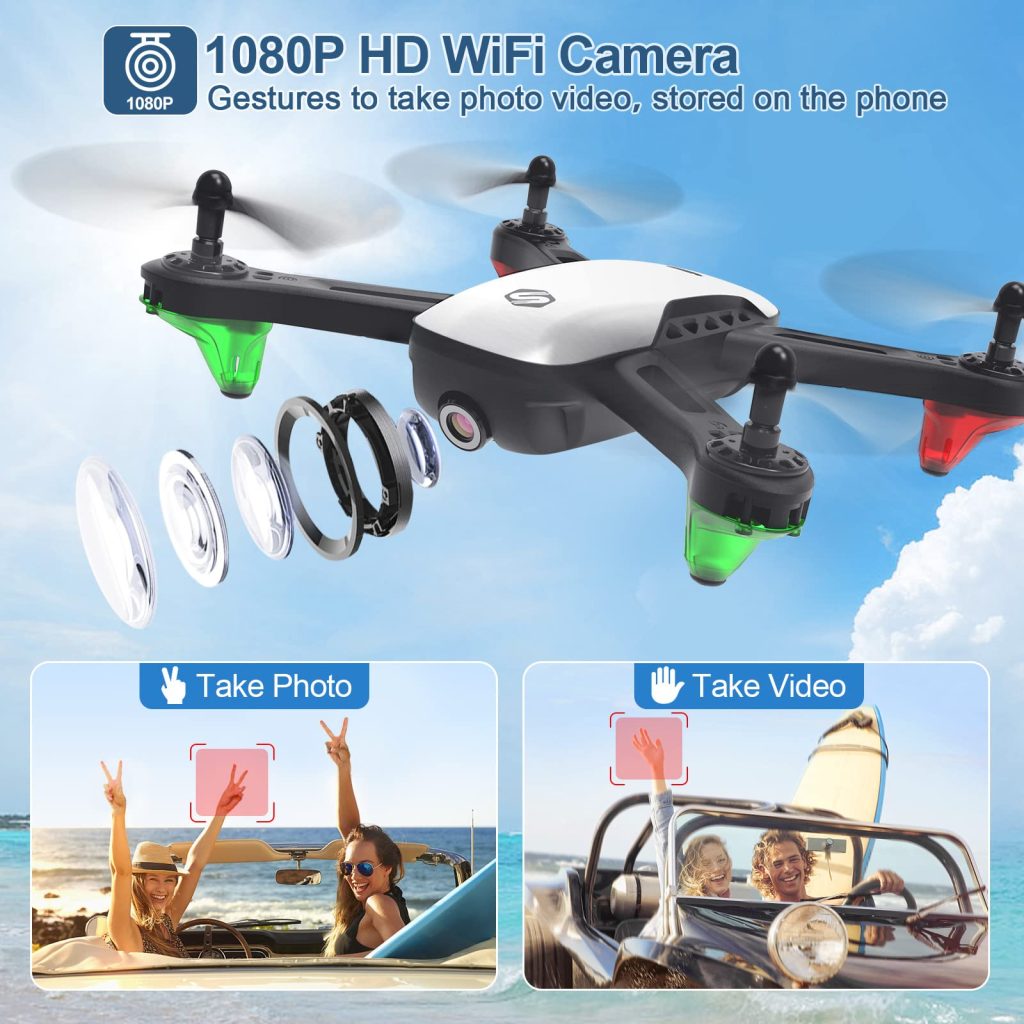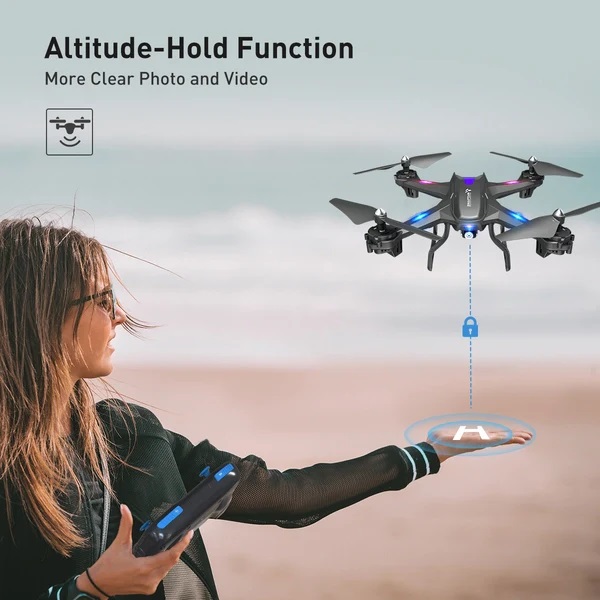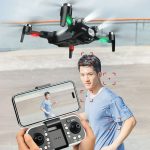Flying a drone can be exhilarating, but for beginners, it’s easy to make mistakes that could lead to crashes, fines, or lost drones. Understanding what not to do is just as important as learning the basics. Here are the most common errors new drone pilots make—and how to avoid them.
1. Skipping the Manual and Tutorials
- Many beginners rush to fly without reading the user manual
- Manuals offer vital info on controls, flight modes, and safety features
- Watch official tutorial videos before your first flight

2. Flying Indoors Without Experience
- Indoors has more obstacles and less GPS signal
- Beginner pilots often crash into walls, furniture, or ceilings
- Practice in open outdoor areas before trying indoor flights
3. Ignoring Weather Conditions
- Wind can easily overpower lightweight drones
- Flying in rain or fog risks damaging sensitive electronics
- Always check the weather forecast before flying
4. Not Calibrating the Drone
- Skipping compass or IMU calibration can cause drift or flyaways
- Always calibrate after travel or when flying in a new area
- Wait for strong GPS lock before taking off

5. Flying Without Knowing the Laws
- Many areas require drone registration or pilot certification
- Flying too close to airports or people can result in fines
- Learn local airspace rules before every flight
6. Flying Beyond Line of Sight
- Losing sight of your drone can result in disorientation or crashes
- New pilots often lose control when trying to fly too far too soon
- Keep your drone visible and nearby, especially in early flights
7. Ignoring Battery Levels
- Pushing the battery too low can trigger emergency landings
- Forgetting to bring spare batteries limits flight time
- Start landing when the battery hits 25–30%
8. Flying Too Fast or Too High, Too Soon
- Speed increases crash risk for beginners
- High altitudes make it harder to maintain orientation
- Learn slow, steady control before exploring advanced heights
9. Neglecting Pre-Flight Checks
- Loose propellers or low batteries can ruin a flight
- Always inspect your drone before every launch
- Double-check settings like “Return to Home” altitude
10. Overconfidence Too Early
- Many new pilots try tricks or long-range flights before they’re ready
- Crashes often happen when skills don’t match ambition
- Build experience gradually and take time to master controls
Conclusion
Mistakes are part of learning, but avoiding these common pitfalls can help you fly safer and smarter. Start with the basics, stay informed, and always respect your drone and your surroundings. With patience and practice, you’ll become a skilled pilot in no time.


